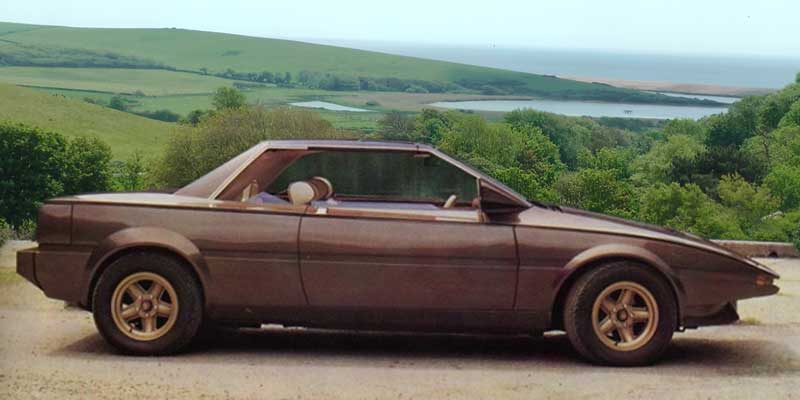Rapport Ritz

Never heard of the Rapport Ritz? That's hardly surprising. The car was a disaster from the very beginning. Rapport was not a car manufacturer at all, but a Park Lane car show room with a clientelle of mainly well heeled Arabs. Many of them stayed at the Ritz hotel, hence the name of this strange machine.
Why was it built?
Well, the sort of rich clients that visited their showroom loved to have something different, that no one else could have. Chris Humberstone, the owner of Rapport, decided to do just that. However, he didn't have the resources to build a car from scratch so he took a reasonably decent and well built car in the form of the Honda Accord, added a luxury interior and a few pointless external additions, and tried to sell it for twice the price of the original vehicle. Some hopes.
Was it luxurious?
Let us first look at that term 'luxurious interior'. It was based on Draylon; this is a rather naff artificial acrylic fibre used in cheap household goods and clothing. It is washable but highly inflammable so hopefully the few buyers were non-smokers. A bit of wood and leather helped decorate the interior a little more.
How did it differ?
A differently shaped boot was fitted, made of fibreglass, which wouldn't really have given a great deal of protection in the event of a shunt. The bonnet was deeply raked with an aerofoil; unfortunately this obscured the front lights and so there was electric motor to open and close it! No doubt very useful and hopefully it didn't break down too often. However it did ruin the aerodynamics of the car rather considerably; there is no record of the effect it had on the steering and handling, but it can't have done either of them much good.
What were the technical specifications?
Well, it looked different from a standard LX version Honda Accord but it had the same air con, power steering and electric clock! Oh, and a clothes brush was thrown in, free. The engine choice was also the same; a 1600 cc or 1750 cc four-cylinder giving it a top speed of around 105 mph.
Were there variants?
Some of them were reportedly fitted with a turbocharger. Rumour had it that a convertible with an electrically operated roof, and a three door model, were meant to be made available, but these seemed to exist only in the company's brochures.
Was it successful?
It seems that around 40 of them were actually sold; which, bearing in mind that a new one cost more than double the price of the Honda Accord that it was based on, proves that there are some people in the world who have money to burn. However, the company very quickly went bankrupt. Hardly surprisingly, no other investor stepped forward to take over the project.